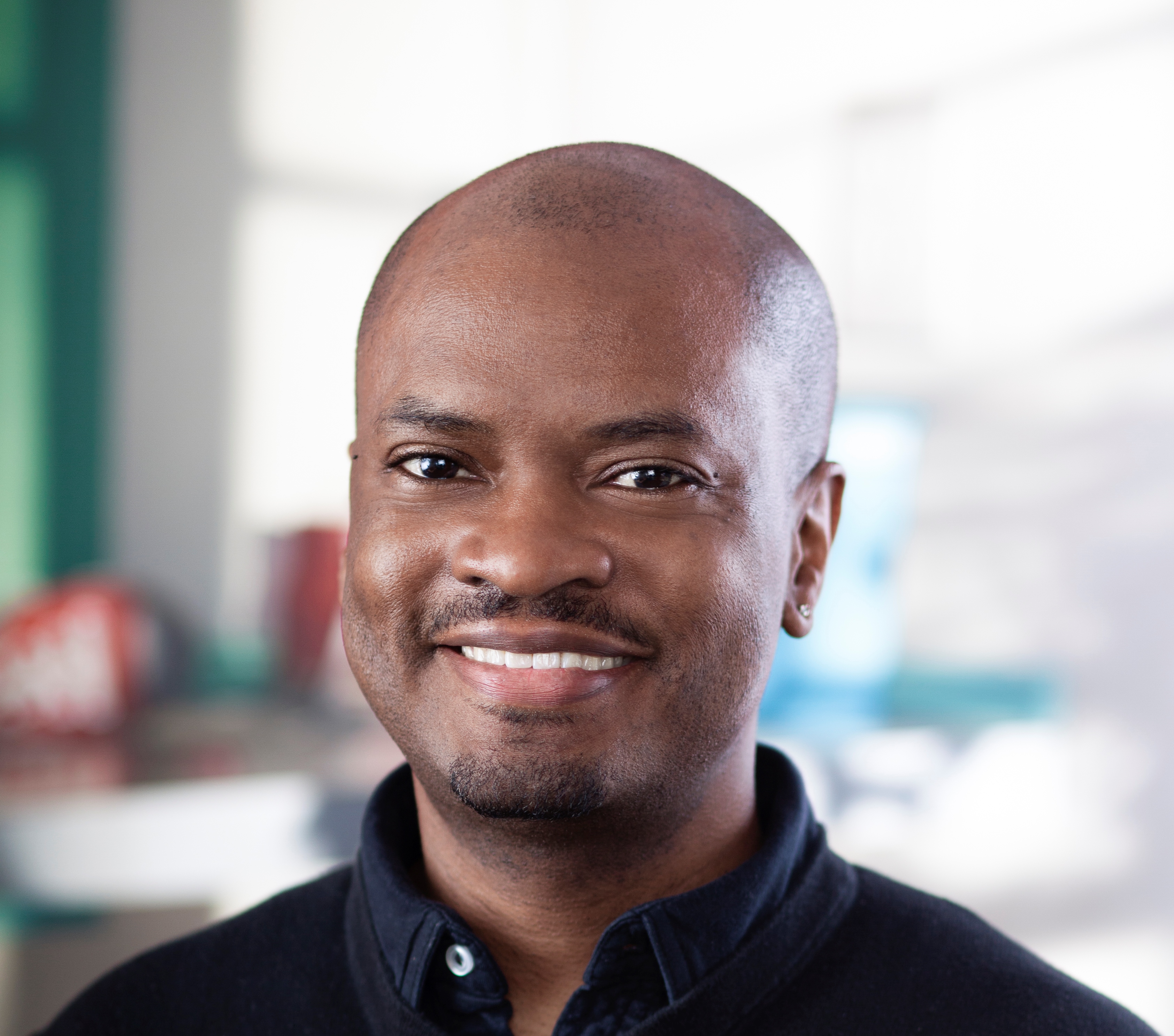Soulful Innovation: Increasing Diverse Tech Entrepreneurship
 SAVE THE DATE: April 13th, 1:30-3:00 ET. Like this blog series? Attend our Look Inside Innovation Funding event in-person or via livestream in SF. More details and registration coming in March.
SAVE THE DATE: April 13th, 1:30-3:00 ET. Like this blog series? Attend our Look Inside Innovation Funding event in-person or via livestream in SF. More details and registration coming in March.
Frankly, I get tired of talking about innovation. Sometimes discussions about innovation come across as Sisyphean pursuits, where style is greater than substance, and preening is greater than practice. I’m looking for conversations about innovation with soul. With gravitas. With a conscience. Ones that advance uplifting solutions that make this Earth more habitable or help more people meet their hierarchy of needs (or as of late, that strengthen the fast-unraveling social contract necessary for humankind to co-exist).
Three years ago at the behest of our benefactors, the then-Kapor Foundation began to explore how to move away from our traditional responsive grantmaking. The benefactors had begun to invest in seed-staged tech startups that aim to address and mitigate equality gaps. They witnessed the power of designing solutions for markets—"communities"—that operate at scale. They saw how different and disruptive ways of approaching problem solving can create a culture shift. They came to us, the foundation staff, and requested that we start thinking about this intersection of tech-for-good and our grantmaking work.
In the ensuing years, we experimented with different approaches, borrowing from our new knowledge of Lean Startup principles. Through a clunky, iterative learning process—which in hindsight I would like to label as our R&D—we decided to lead the way by doing our part to expand access to the tech sector and innovation economy.
Van Jones has shared that his dear friend Prince said we need to create a "Black Zuckerberg." While I take issue with that particular mold (pattern recognition and Ivy league degree-as-entry-barrier are part of tech's diversity problem), I get The Purple One's point, echoed by Mitch Kapor: "Genius is evenly distributed across zip codes, but opportunity is not." Working with a variety of partners in this ecosystem, we seek to plug leaks in the tech talent pipeline while sharpening the skills and talents that reside in all of our diverse communities.
To this point, I’ve judged a number of youth hackathons and design sessions, mostly attended by low-income, “low opportunity,” or similarly-labeled young people. These youth are participating in these activities as an initial exposure to tech skill-building and careers, and I am consistently impressed by how these young teams create apps that address information and resource gaps: student loan payment platforms; mentoring matching; anonymous bully identification; and safe passage routing among them.
Our premise is that as the high-tech industry becomes more inclusive, companies and teams will become better at problem solving, will create better products and solutions that serve a wider market, and will utilize tech-driven platforms to solve pressing problems that are informed by their lived experiences. Our backup? Heavy hitters like McKinsey, Catalyst, Kellogg and Stanford have found this to be true.
How are we benefiting from the terrific brainpower, scrappiness, and necessity—as the mother of invention—that resides in nonprofit leaders, in low-income communities, with people who are "making a way out of no way" as my church folks used to say? Are we overlooking the resourcefulness that resides in the 'hood, favela, sticks, bush?
You've heard these questions before, I'm sure. So what are we doing about it?
We're catalyzing and strengthening tech innovation, in line with the theme of this blog, by introducing and preparing more people to lead its creation. Tech shouldn't be an insular economy; now more than ever, we need thinkers, tinkerers, designers, and dreamers who are motivated by the pursuit of a significantly positive impact rather than a sinfully profitable buyout.
In 2017, the Kapor Center—including our sibling organizations, Kapor Capital and Level Playing Field Institute—are committed to increasing diverse tech entrepreneurship, access to capital, access to tech and STEM education, and building strong community institutions to promote a more diverse tech ecosystem in the Bay Area, with a special focus on Oakland, our home.
We’re employing a range of old tools for new outcomes—convening key partners to coordinate around systems-level goals (kind of collective impact-ish), providing financial support to select roundtables to support this coordination work, and utilizing the visibility of our benefactors and brand to raise awareness about the issues at hand and to channel resources to efforts aligned with our work, helping to create a larger, stronger network of collaborators. And we’re using our brand-spankin’ new building on Oakland’s Broadway corridor to host events that welcome, validate, leverage, and enrich diverse talent—namely people of color and women—as they pursue their entrepreneurship, technical, and impact goals. We see this work as a powerful overlay between the ubiquity of tech, the possibility of entrepreneurship, the integrity of fairness, and the necessity of economic mobility and empowerment for a just society.
But back to the issue at hand—innovation. I think that soulful, meaningful, conscientious innovation is rooted in a nagging question: “What can we do to be more effective?” It’s organic; a quest to find the bull’s eye of effectiveness en route to real impact. It requires experimentation, evolution, and even a bit of envy—as a competitive motivator to be top of class, of course. And while so many of these variables are present in innovation economy practitioners, I’d like to see them more firmly rooted in addressing real world issues informed by and for real people.
This post is part of the Funding Innovation series, produced by Foundation Center's Glasspockets and GrantCraft, and underwritten by the Vodafone Foundation. The series explores funding practices and trends at the intersection of problem-solving, technology, and design. Please contribute your comments on each post and share the series using #fundinginnovation. To view more posts in this series click here.

